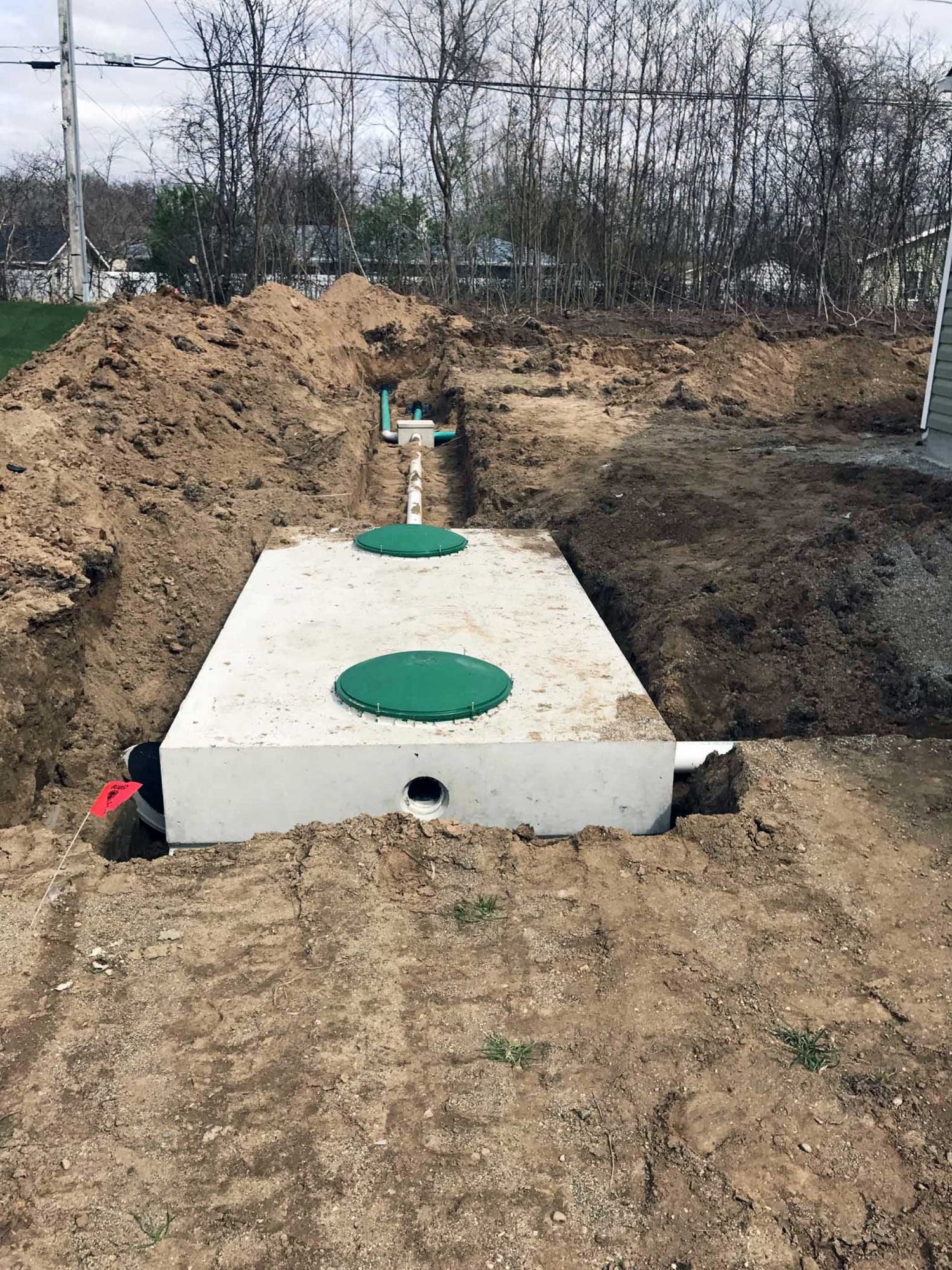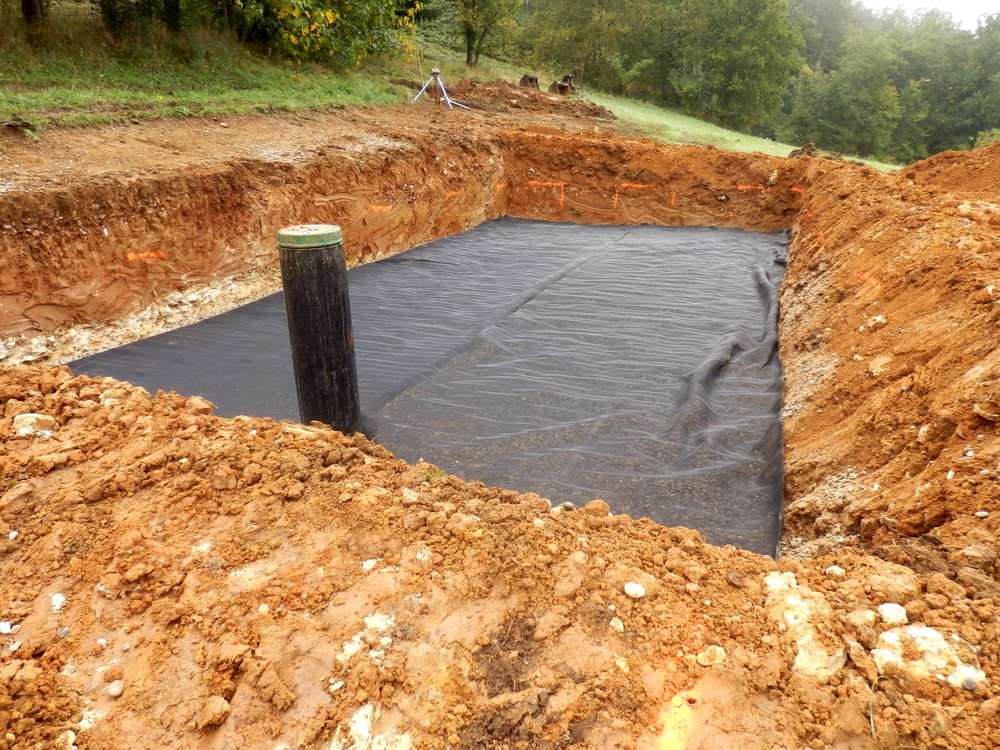How A Septic Tank Works
What's The Next Step For Septic Tank Technology In The Future?Rural residents are often not connected to the municipal sewer system. This means that private water treatment facilities are required to dispose of the waste. There are many types of home septic tanks however they all do the exact process. They eliminate waste from homes and remove undesirable substances. They also release pure water to surface waters. The cost of a home septic tank will depend on its capacity and size. A larger tank can reduce the amount of chores required every day, since less liquid is generated than a smaller model.
How Much Does An Septic System Cost?
The traditional septic tank, that is no longer used and is a dated system. It could cost anything from $2,500 to 5K in the US, before you consider permits. This does not include the cost of constructing your drain field or soil testing. If money is not an issue, then you may be interested in the anaerobic and aerobic types of septic systems. The best option is to buy one of these latest "septic" system. They're costly at first, but will last decades & need minimal maintenance since there's no need to flush them out every few years.
Aerobic systems need oxygen. This speeds up the process of decomposition and creates a cleaner and healthier wastewater. It could even be utilized to water your garden (if there's any alternative source). Anaerobic aliments require less space and require approximately 50% less leach field area than conventional systems. However , it's more costly, with an average of 13000 USD per gallon of treated water each year. Check out the best how does a septic system work? for recommendations.

What Is The Cost Of An Septic Tank Cost?
These tanks can be made out of polyethylene or plastic. They're also light and cost-effective. An average cost of a thousand-gallon tank runs around 11 hundred dollars. But leaks can cause problems in certain states. They have been outlawed in the US since cracked tanks can lead to costly repairs. The tried and tested concrete septic tank is a durable workhorse that can last for decades before needing replacement. Although these tanks are known to crack but the damage is usually not very severe. It is important to note however that they do have a higher initial price of approximately twelve hundred dollars for each 1,000 gallon. Fiberglass tanks are a desirable option for homeowners looking to save money, but have easy installation. Fiberglass units are lighter than concrete tanks or plastic and can be difficult to set up in tight areas. This means that your house will be lighter and less weighty than other alternatives, for instance stainless steel.
What Do These All Mean To Me?
It can be difficult to understand the factors that impact the cost of your septic tank. It is important to know the options available to you for installing a septic tank and the price they'll cost. NexGen Septics experts make this process simple. We offer complete information on everything from soil preparation to maintenance costs. This is an essential part in determining total price of installing new systems. See the top how does a septic work for recommendations.

Different Types Of Septic Systems
Selecting a septic system is not an easy task. The type you choose can impact the price of the system, as well as the treatment method applied and the space you have available to put it in. They are the most frequently employed kinds.
1.) Anaerobic Septic System
One of the most appealing aspects about a septic system is that it does not need electricity to work. Anaerobic bacteria work within these systems to eliminate and eliminate waste from your house's sewer line until it's exhausted. They can be installed and range between $2k and $5K depending on the type of design you pick. This installation is easy and anyone who has experience with home repairs should be able to handle it.
2.) Aerobic Septic System
Aerobic systems employ aerobic bacteria in order to displace waste from the septic tank. The effluent is paired with a motor and timer to make it more efficient. They do not allow wastewater to spill onto your lawn or your crops which anaerobic tanks could do. These toilets are much less costly than pit toilets that are traditional and require one tonne annually.
Septic Tank Types
There are three kinds of plastic that include gravel, concrete, and plastic. A fiberglass-based option is also available. This material is lightweight and can be utilized in the most extreme conditions, such as on farms , where it can get wet or muddy because of the irrigation systems that pump water. Concrete is another choice due to its weight, which gives stability so your home doesn't slide over when it's full of rainwater falling hard often! Also, these durable yet lightweight bags of polyester are available almost everywhere nowadays - they're perfect for those who live close to city limits because of urbanization. See the most popular how does the septic system work for info.

Plastic Septic Tanks
While septic tanks are great for managing your waste, it's crucial to choose one that lasts. Polyethylene is the lightest, and most affordable type of septic system available. But, they are more likely to burst or crack in time. There are improvements to plastics that have made polyethylene toilets more durable than ever. However, if the toilet isn't filled correctly, they could be banned in California. The cost for 1000-gallon models is dependent on the area you want to install.
Fiberglass Septic Tanks
Septic tanks made of fiberglass weigh less than other types and are more convenient to install. They are also less likely to shatter or expand than porous substances, such as clay-based soils. Costs for fiberglass can differ based on their size. However, they typically cost between $1600 and $2000 for 1000 gallon tanks. Additionally, there is a 1 500 gallon capacity option , where the price jumps up by 50 percent to 100 percent.
Concrete Septic Tanks
Concrete septic tanks are long-lasting and durable, lasts at least 30 years if well-constructed. The 1,000-gallon model is approximately $1200, while the 1500-gallon model will cost approximately $1800. Concrete tanks last between 15 and 20 years. However, depending on the routine of maintenance it can last longer.